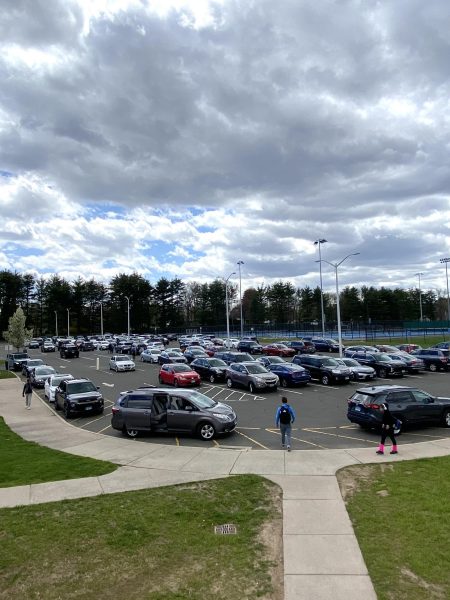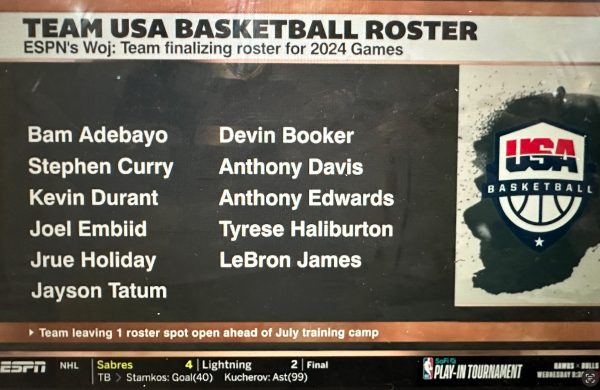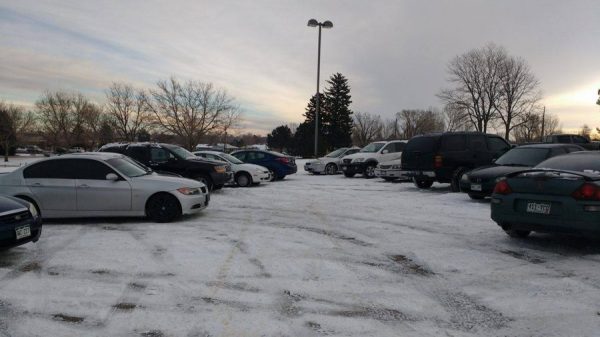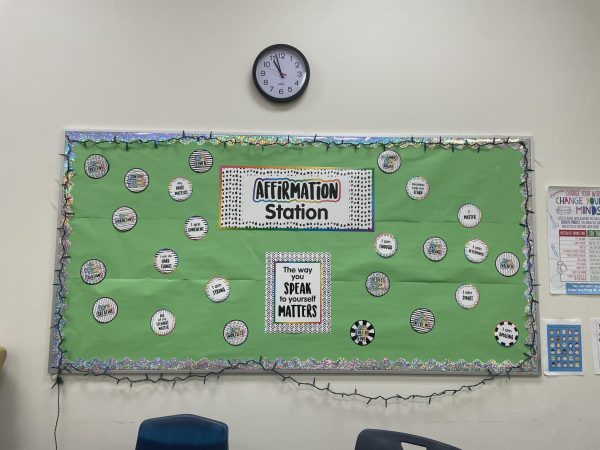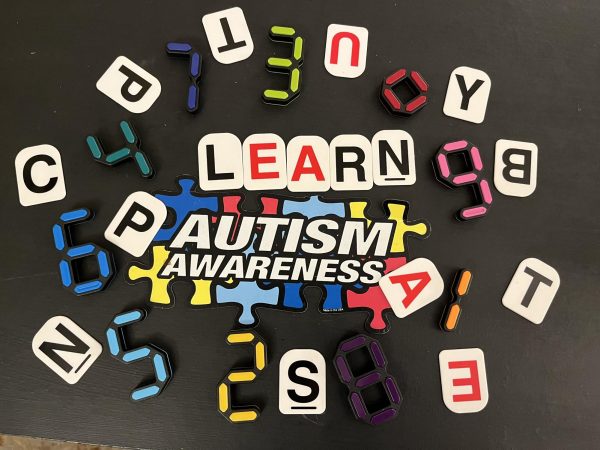Plastic Pollution
Plastic is winding up in the environment due to the overuse of plastic in everyday life and lack of proper recycling. Over time, plastic builds up and this leads to the destruction of plant and animal habitats.
Plastic can be found in just about everything in today’s day and age. An article from the Washington Post said, “The trillions of plastic particles — a ‘plastic smog,’ in the words of the researchers — weigh roughly 2.4 million metric tons and are doubling about every six years.”
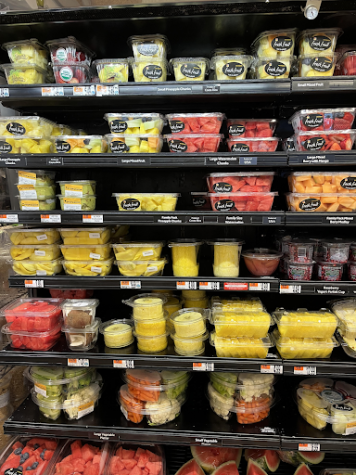
Single use plastic, such as plastic water bottles and plastic bags, are what people probably think of when talking about plastic pollution. While single use plastics do negatively affect the earth, microplastics are also a major factor. Microplastics are tiny pieces of plastic that come from worn down items, such as makeup and clothing, as well as single use plastics.
Anthony Wasley, an Oceanography teacher at Hall High School, spoke on how fishing nets make up the majority of the plastic found in the ocean: “So it’s basically commercial fishing nets that get caught and then they cut it and then this breaks down and dissolves and becomes lots of little pieces or just long line in general which is miles and miles of rope and line which is made of nylon plastic which lasts a very long time and this gets tangled in animals.”
Once plastic is discarded, it can be carried by rivers down into the ocean, or by the wind, which can also bring the plastic into different parts of the environment. The Plastic Soup Foundation noted the wind can actually carry plastic away from landfills and into the ocean. Many animals, including sea turtles, birds, elephants, and cattle, either ingest the plastic or get caught in it, which can lead to their death.
Wasley discussed that if plastic pollution is not stopped, top predators in the ocean will die out, causing smaller animals, such as fish, to become bountiful and they will eat all of the zooplankton. Zooplankton will become non-existent and then there will be a myriad of them. Because of this, Wasley said, “The ocean can literally turn into a pink color and this has happened before to the world. We’ve had a part of the time where our ocean literally looked like pepto bismol. And then the ocean has no ability for there to be life and this would go on for millions of years. So if we do nothing we could see a collapse of the ecosystem.”
There will be consequences in the future if plastic is not reduced. “Get online. One of the many positive outcomes of our access to the internet and social media is the ability to get large groups of people talking about something all at once,” Benjamin Norland, an Environmental Science teacher at Hall High School, said as a way to seek change.
Phoebe Johnston, an AP Environmental student at Hall High School, discussed how people need to learn to recycle correctly and if people didn’t throw out non recyclable containers, then plastic bags wouldn’t need to be put in recycling bins. Plastic would be reduced if this was done.
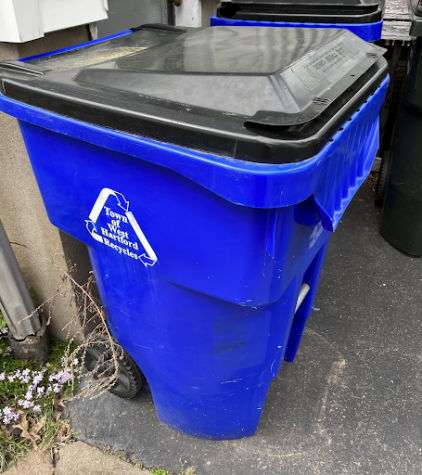
Finally, Wasley addressed the issue by saying, “I think we need to look ourselves in the mirror and be like, look things aren’t actually recycled, so we have to do the other R’s.” Reduce and reuse.


